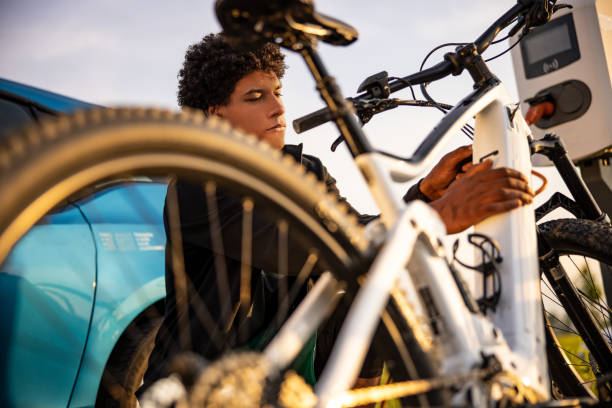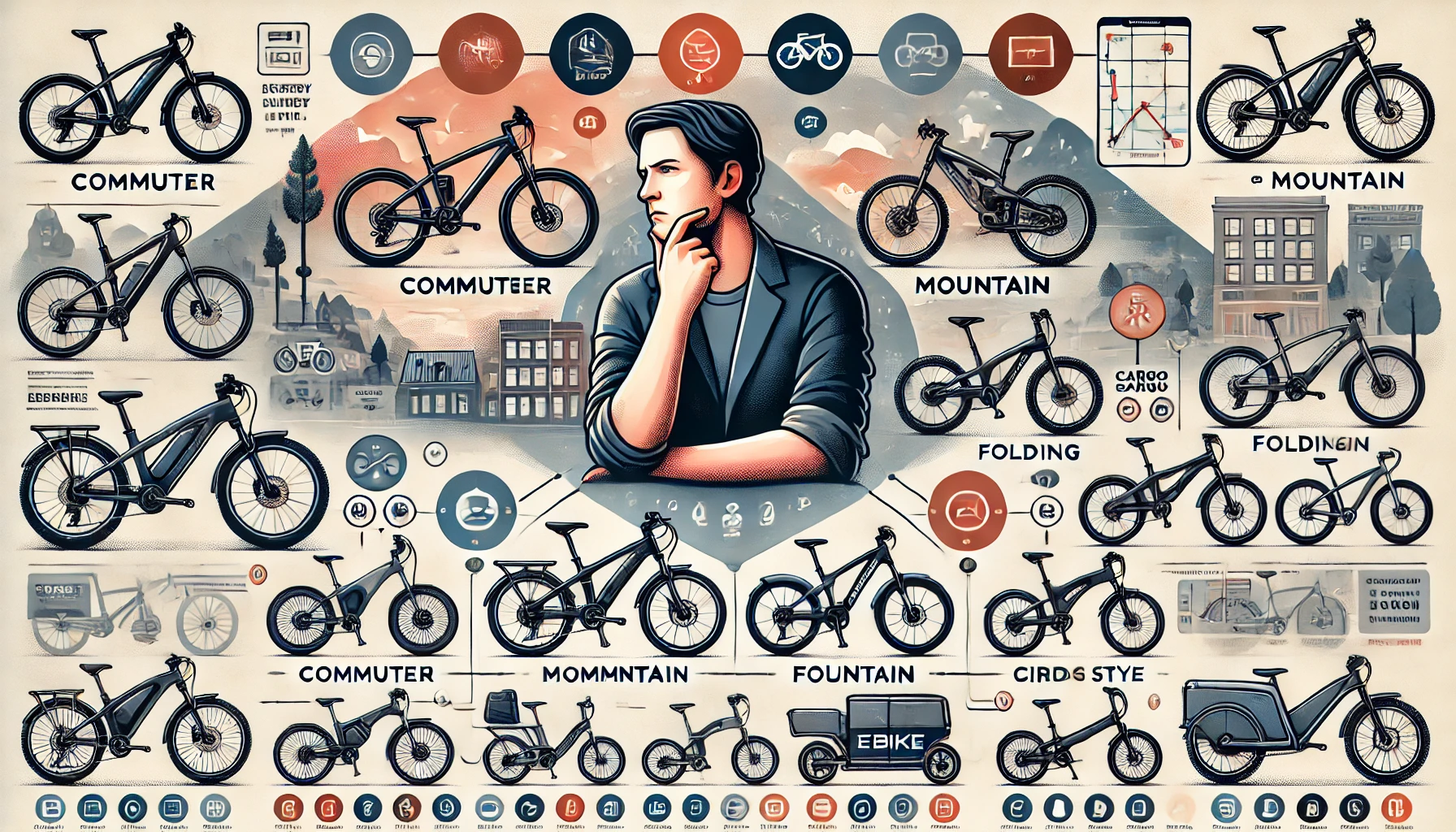Electric bikes give you an environmentally-friendly, cost-effective and fun way of getting around. There is an increasing multitude of eBike models and functionalities available, making the sorting through options seem like a full-time job. We put together this guide to help you navigate the most important aspects of buying an eBike that matches your personality, budget and desired style.
Introduction to eBikes
An ebike which operates on a combination of traditional human power along with electric motor help enables you to ride longer distances and get more benefits even over tough terrain. Whether you need a great commuter bike, want to explore your local single tracks or just hit the road as fast and far as possible, there is an electric bicycle type that has what you are looking for! Read on to find out more about each of types eBikes we will examine today.

Types of eBikes (Choosing the Right eBike)
Commuter eBikes
Best eBike for Commuter: A commuter bike is build as a city traveler, very comfortable and convenient. These usually have slim tires, light frames and useful features like racks or fenders. It is good for everyday use the trip of city and ride.
Mountain eBikes
Mountain eBikes or eMTBs are Off-Road Riding by Design. They have sturdy frames, suspension systems and knobby tires to cope with bumpy terrain. e-MTBs are now a reliable option to conquer steep climbs and technical, rocky trails.
Hybrid eBikes
They have a mix of the features that both road and mountain bikes share, meaning they can handle off-road benefit urban riding. They generally feature decent suspension, a cush seat and knobbies that can be set for varying terrain types or uses.
Folding eBikes
Folding eBikes are ideal for individuals lacking storage space or those looking in need of a compact alternative to multi-modal commuting. These bicycles can be folded and taken with you in public transport or even have them on moderate the space for storing, it is so hassle-free!
Cargo eBikes
Cargo eBikes have a longtail and/or are front-loading with stout frames to support big loads. Perfect for taking to the farmers market, with kids or large items. The bikes are promised as a way to wean more people off car and onto two wheels, if only during shorter trips.
Key 8 Factors to Consider When Choosing an eBike
Choosing the right eBike can be a daunting task, given the numerous options available in the market. However, focusing on these eight key factors can help streamline your decision-making process and ensure you select an eBike that perfectly fits your needs.
Motor Power
The motor is the heart of an eBike, providing the necessary power to assist your pedaling. Motor power typically ranges from 250W to 750W or more. Consider how much assistance you need for your rides—higher power is useful for steep hills and heavy loads.
Battery Life
Battery capacity, measured in watt-hours (Wh), determines how far you can travel on a single charge. A higher capacity battery (e.g., 500Wh or more) is ideal for longer rides and hilly terrains. Pay attention to the charging time and the overall lifespan of the battery as well.
Range
Closely related to battery life, the range is the distance an eBike can travel on a full charge. Factors such as terrain, rider weight, and level of motor assist affect the range. Look for bikes that offer a range suitable for your daily commute or recreational rides.
Frame Material
The frame material impacts the weight, durability, and ride comfort of the eBike. Common materials include aluminum, steel, and carbon fiber. Aluminum frames are lightweight and strong, while steel offers a smoother ride but is heavier. Carbon fiber is the lightest but also the most expensive.
Suspension
Consider whether you need a bike with suspension. Front (hardtail) or full suspension bikes provide better comfort and control on rough terrains. For city commuting on smooth roads, a rigid frame without suspension may suffice.
Brakes
Reliable brakes are crucial for safety. Disc brakes, especially hydraulic ones, offer superior stopping power and performance in all weather conditions compared to traditional rim brakes.
Weight Capacity
Ensure the eBike can support your weight, especially if you plan to carry extra cargo. Most eBikes have a weight limit of around 250-300 pounds, but some models can accommodate more.
Price and Warranty
eBikes can be a significant investment, so consider your budget. Higher-priced models typically offer better components and performance. Additionally, check the warranty on the bike and its parts to ensure long-term reliability and support.
Test Riding and Research
Before making a final decision, test ride a few eBikes to get a feel for their performance and comfort. Visit local bike shops, read reviews, and compare different models and brands. Pay attention to the warranty and customer support provided by the manufacturer.
Conclusion
Choosing the right eBike involves careful consideration of your needs, preferences, and budget. By understanding the different types of eBikes, key components, and important factors, you can find the perfect electric bike to enhance your riding experience. Whether you’re commuting, exploring, or just enjoying the ride, the right eBike will provide you with a reliable, efficient, and enjoyable mode of transportation.














